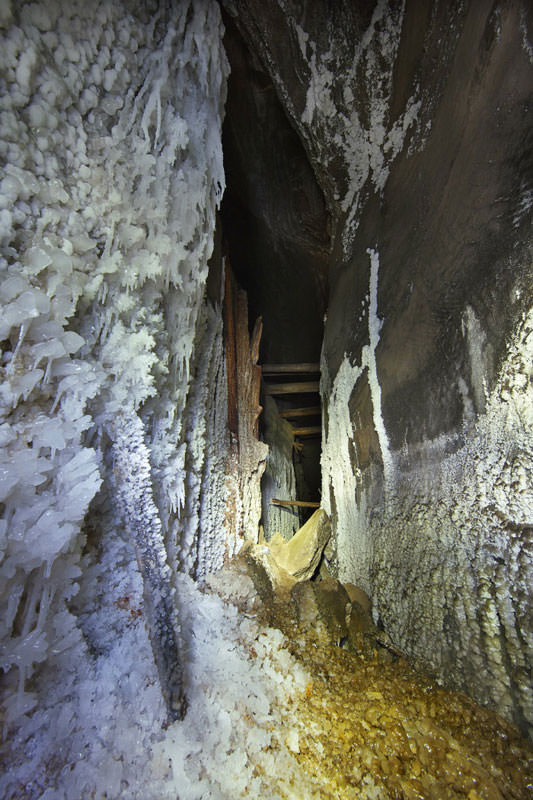
Nestled near the historic city of Krakow, Poland lies the Wieliczka Salt Mine, a testament to centuries of human ingenuity and the transformative power of nature. This UNESCO World Heritage Site offers a glimpse into a subterranean world sculpted entirely from salt, a journey through history, artistry, and the marvels of the Earth. The Wieliczka salt mine can be found 135 meters (443 feet) below the surface of South Poland. This site made the UNESCO world heritage list as far back as 1978, as well as proclaimed a historical monument by the president of Poland in 1994.
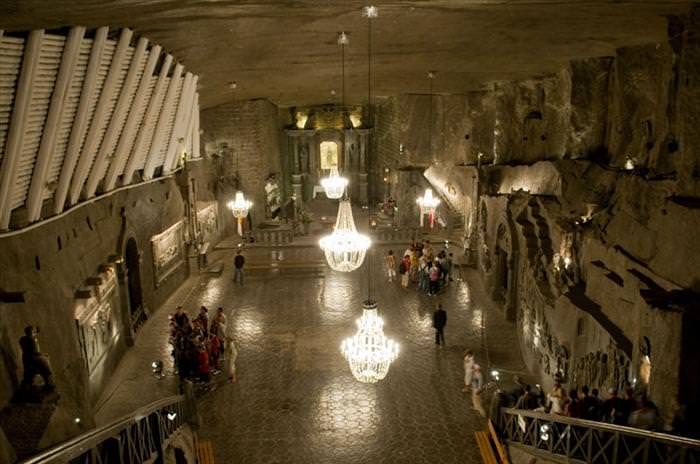
A visit to the Wieliczka Salt Mine begins with a descent down a long wooden staircase, hundreds of steps that lead you deeper into the mine's cool, damp air. As you venture further, the true scale of this subterranean world becomes apparent. Cavernous chambers, their walls textured with the marks of centuries of pickaxe work, unfold before you. Shimmering salt crystals adorn the rough surfaces, catching the light from your guide's lantern.

In modern times, the Wieliczka Salt Mine has taken on a new role as a place of healing. The unique microclimate deep underground, with its high salt content and lack of allergens, is believed to have therapeutic benefits for those suffering from respiratory ailments. The mine now houses a health resort, where people can spend time in the salt chambers, breathing in the mineral-rich air and seeking relief from conditions like asthma and allergies.
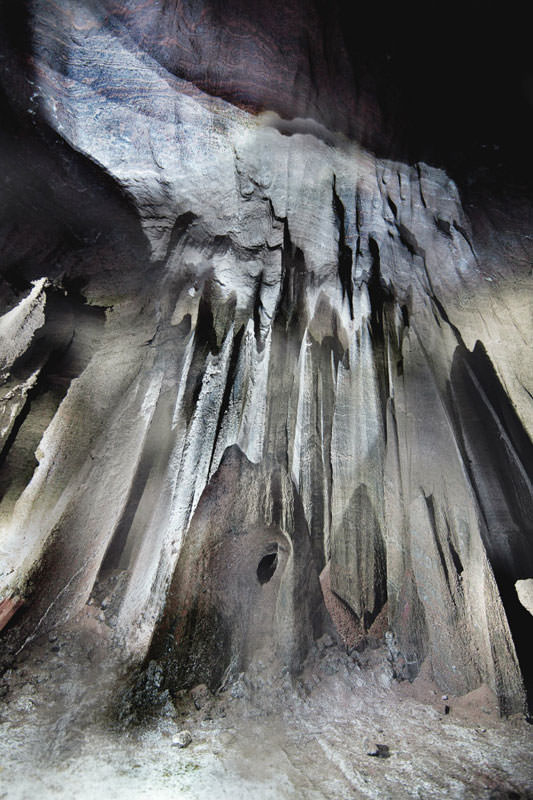
This salt deposit was formed almost 14 million years ago, according to geologists, and took about 20,000 years to form.
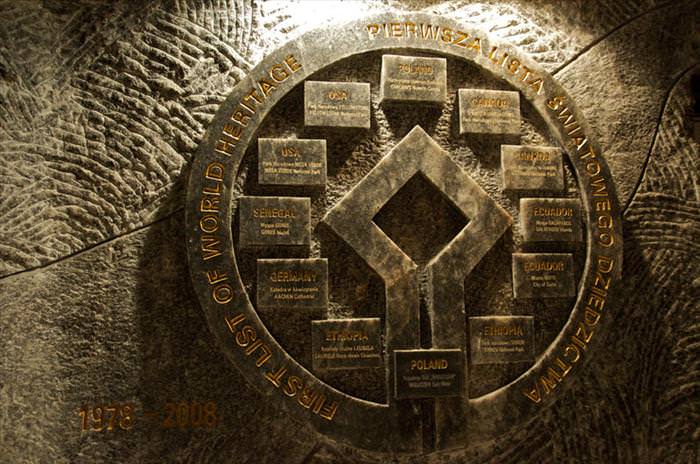
The oldest statues have been enhanced with modern carvings by contemporary artists.
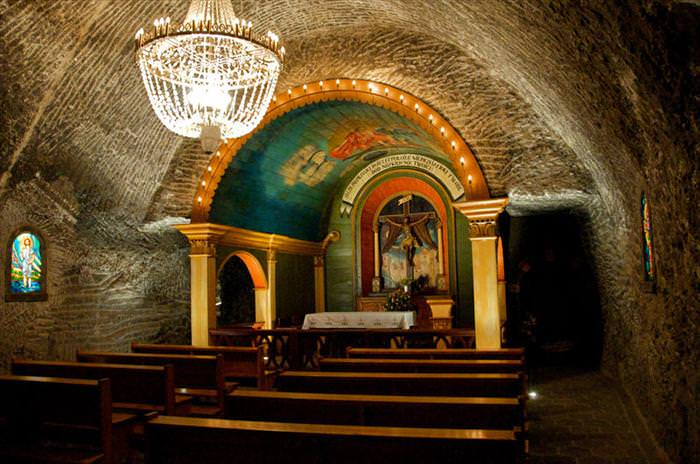
The history of the Wieliczka Salt Mine dates back to the 13th century, when miners first began extracting the precious 'white gold' from the earth. Over the following centuries, the mine grew into a sprawling underground labyrinth, extending for hundreds of kilometers. It wasn't just a source of salt, but a vital economic engine – salt was once a highly prized commodity, used for food preservation, seasoning, and even currency.
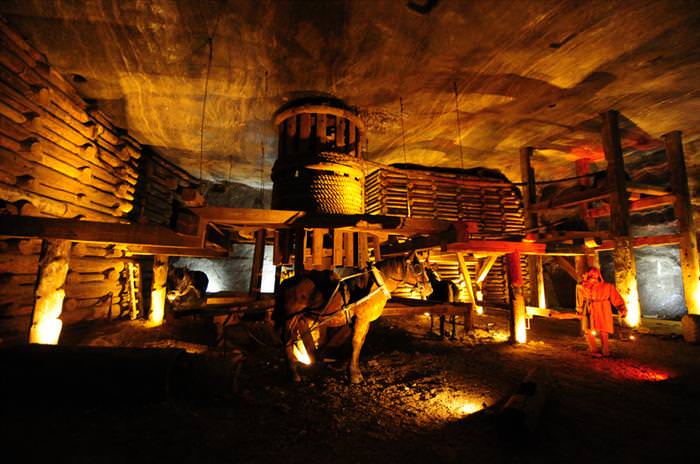
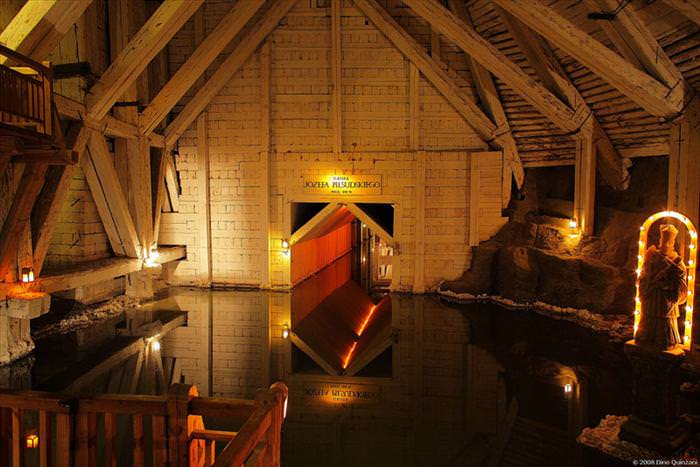
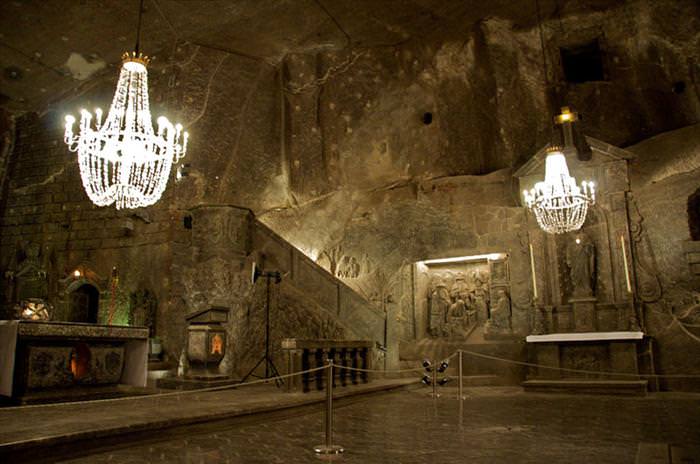
During WW2, the Germans used this mine for all kinds of war-related industries.
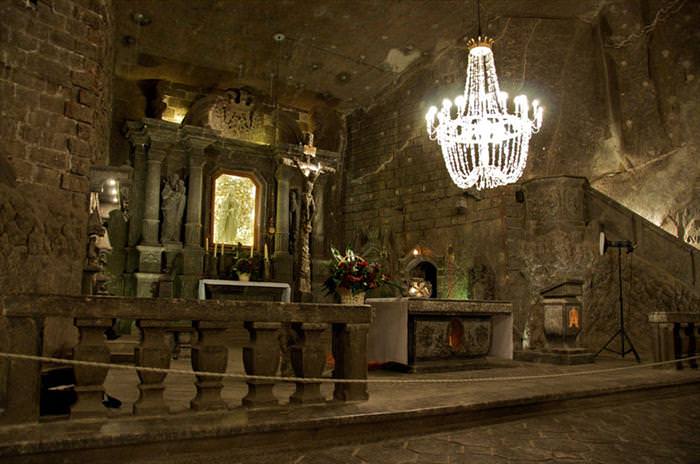
The jewel of the Wieliczka Salt Mine is the magnificent Chapel of St. Kinga. Entirely carved from salt, this breathtaking underground sanctuary is a masterpiece of devotion and artistry. Salt chandeliers glitter overhead, their soft light illuminating intricate bas-reliefs depicting biblical scenes. Sculptures of saints and angels seem to emerge from the very walls, their expressions rendered with surprising detail in the salt medium. Imagine weddings and religious ceremonies held within this otherworldly space!
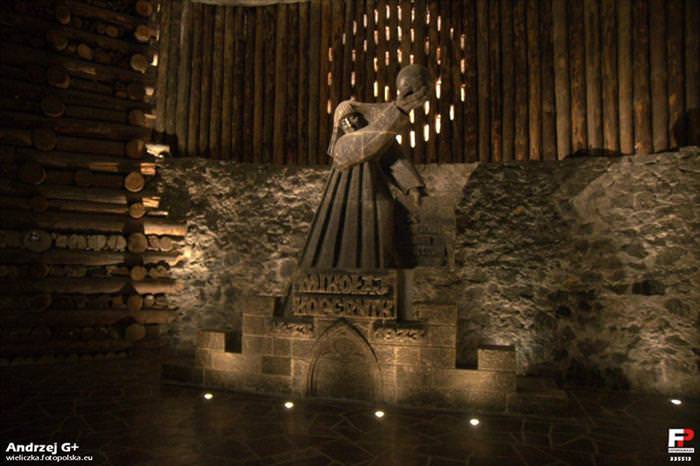
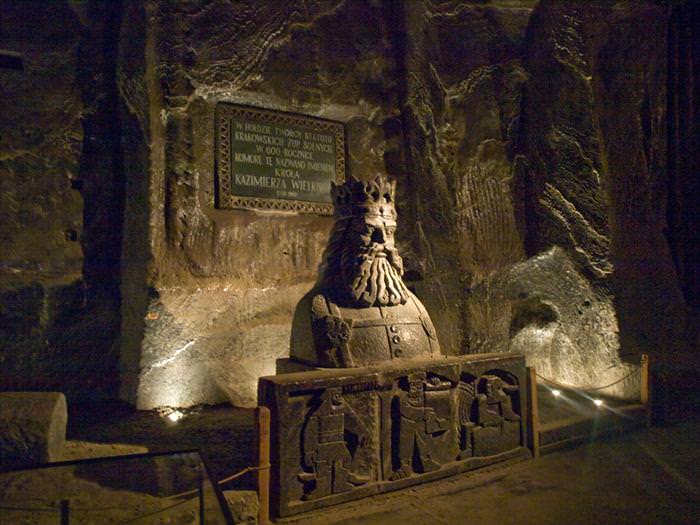
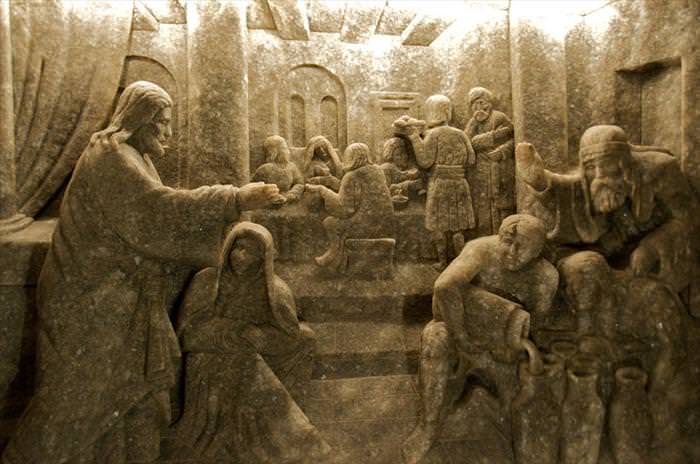
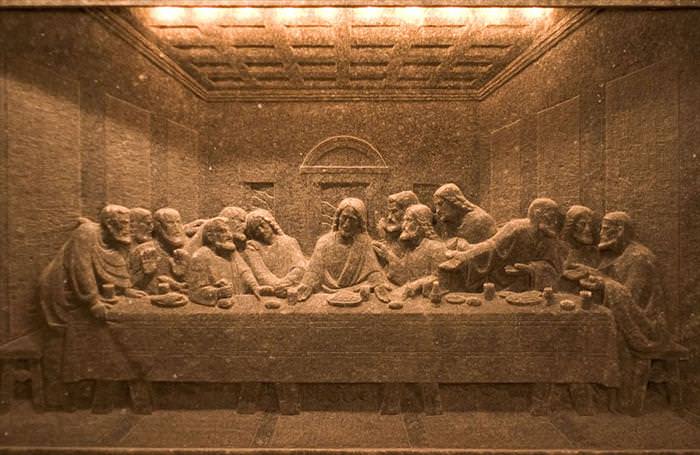
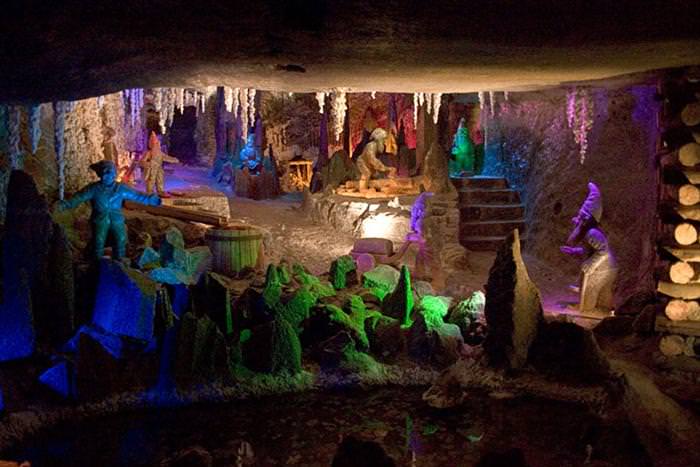
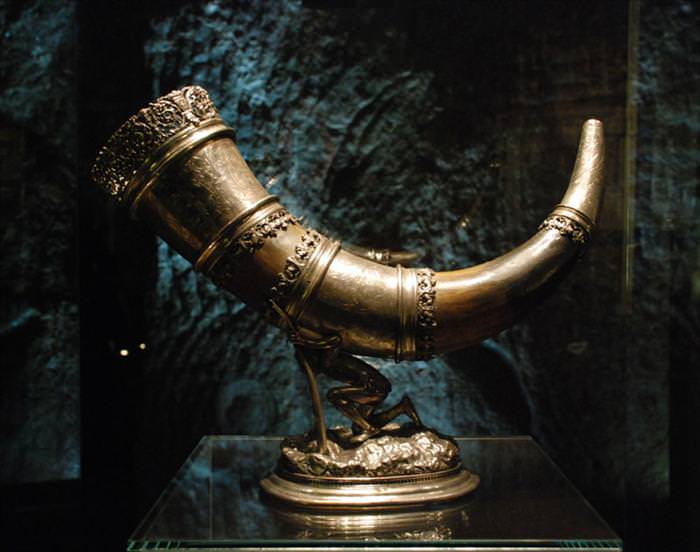
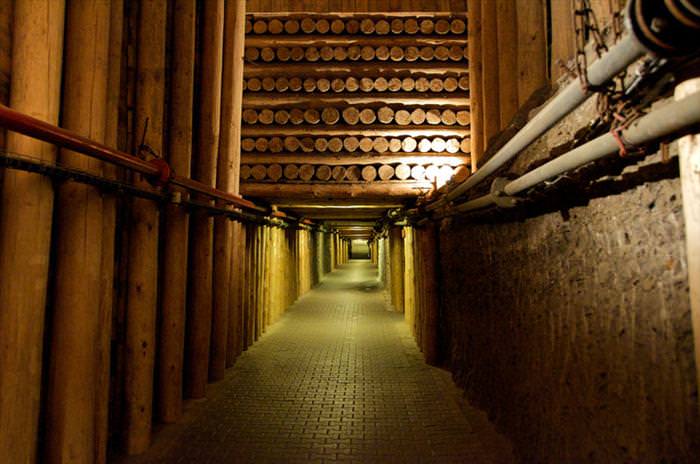
The mine reaches a depth of 327 meters (1,073 feet) and is over 287 km (178 miles) long.
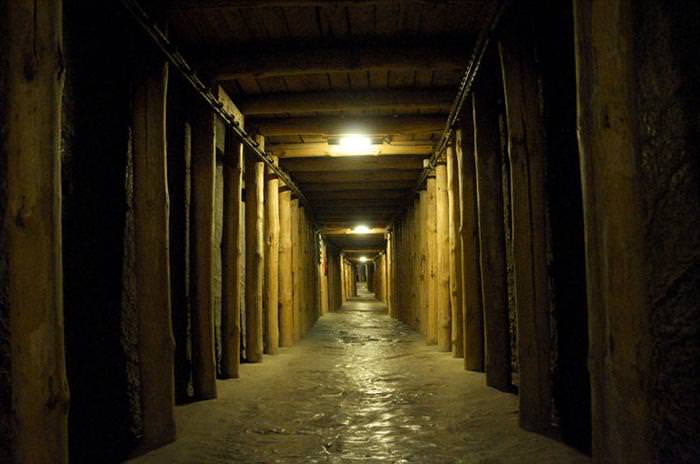
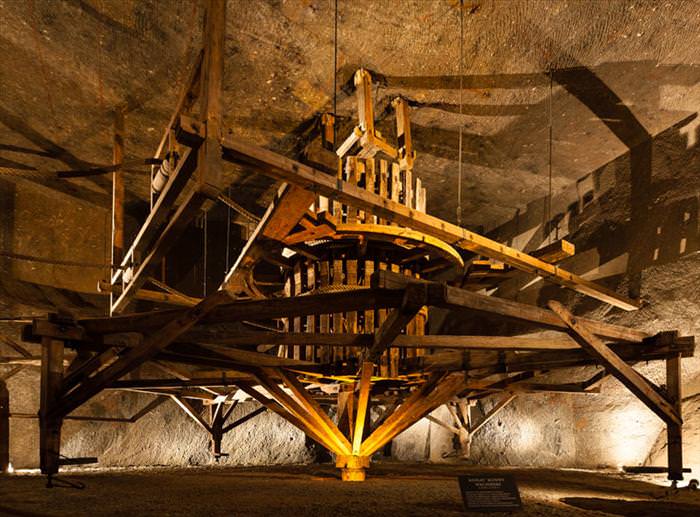
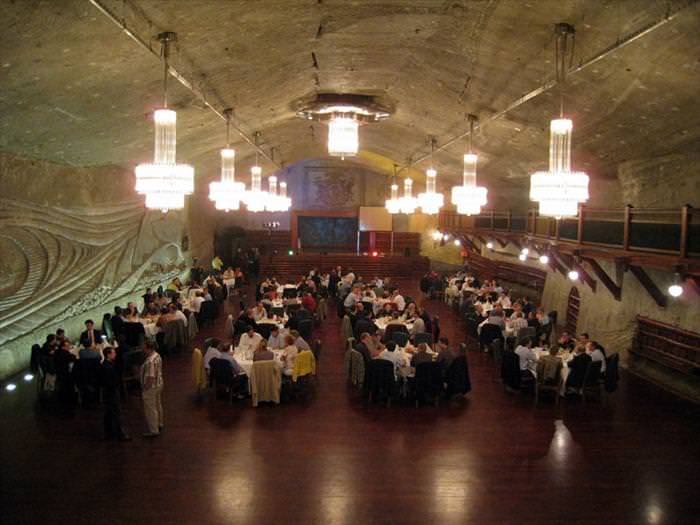
About 1.2 million visitors come to see the Wieliczka salt mine every year, to see the marvel that is the product of dozens of generations of miners, a silent monument to hard work, belief and the history of Poland.
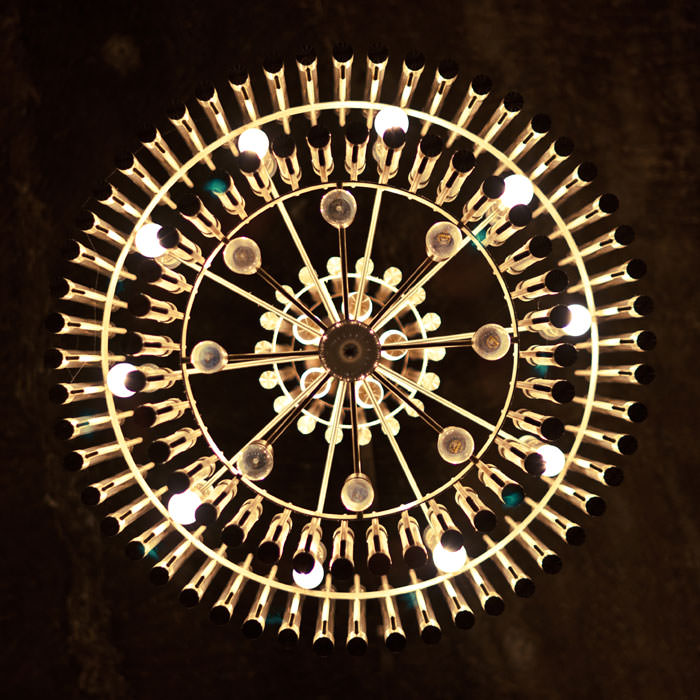
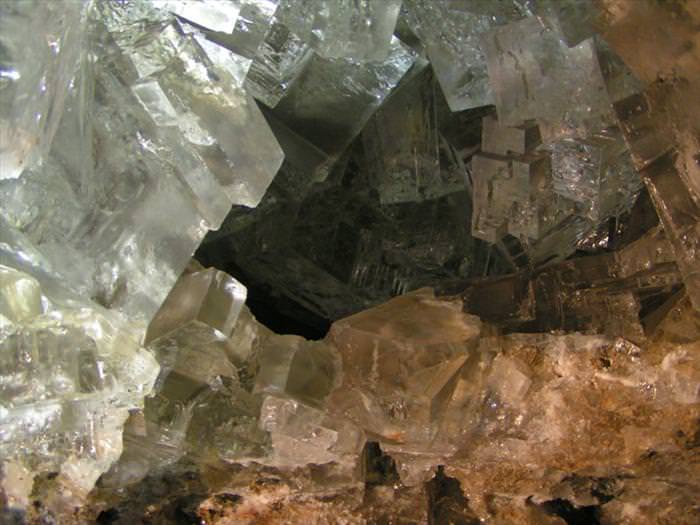
The walls of the mine look like unpolished granite, and come in various shades of gray.
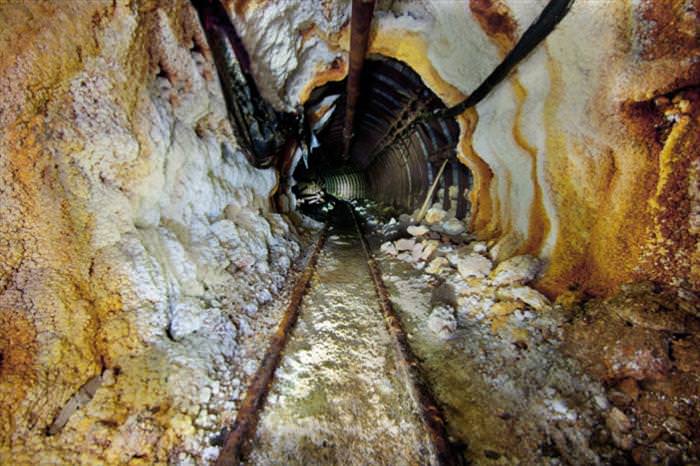
There is an underground lake in the mine, and it is part of the underground tour, which only covers 3.5 km (2.2 miles) of the 287 km long site.
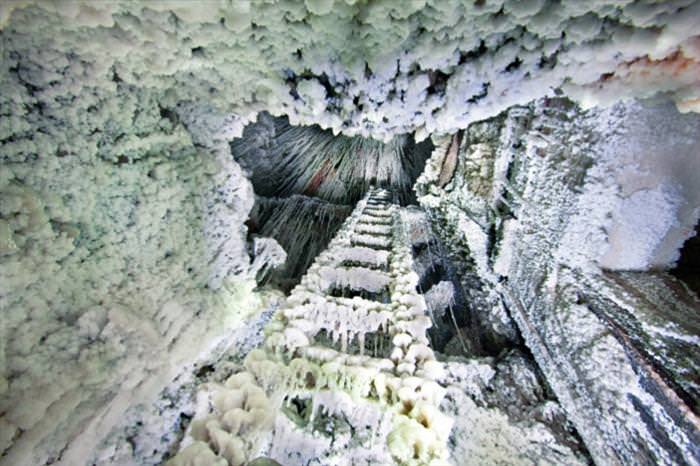
The Wieliczka Salt Mine ceased commercial salt production in 1996 but has transformed into one of Poland's most popular tourist attractions. Visitors from around the world descend into its depths to experience this unique blend of history, art, and natural wonder. It's a place that sparks awe and ignites the imagination, a reminder of the incredible things humans can achieve when they work in harmony with the natural world.
